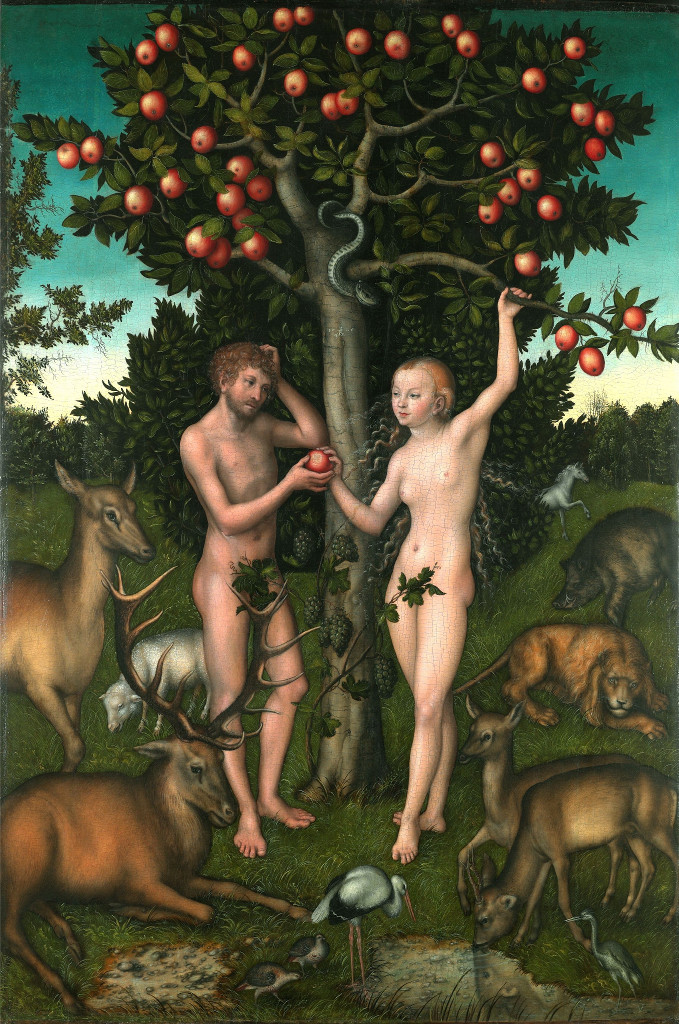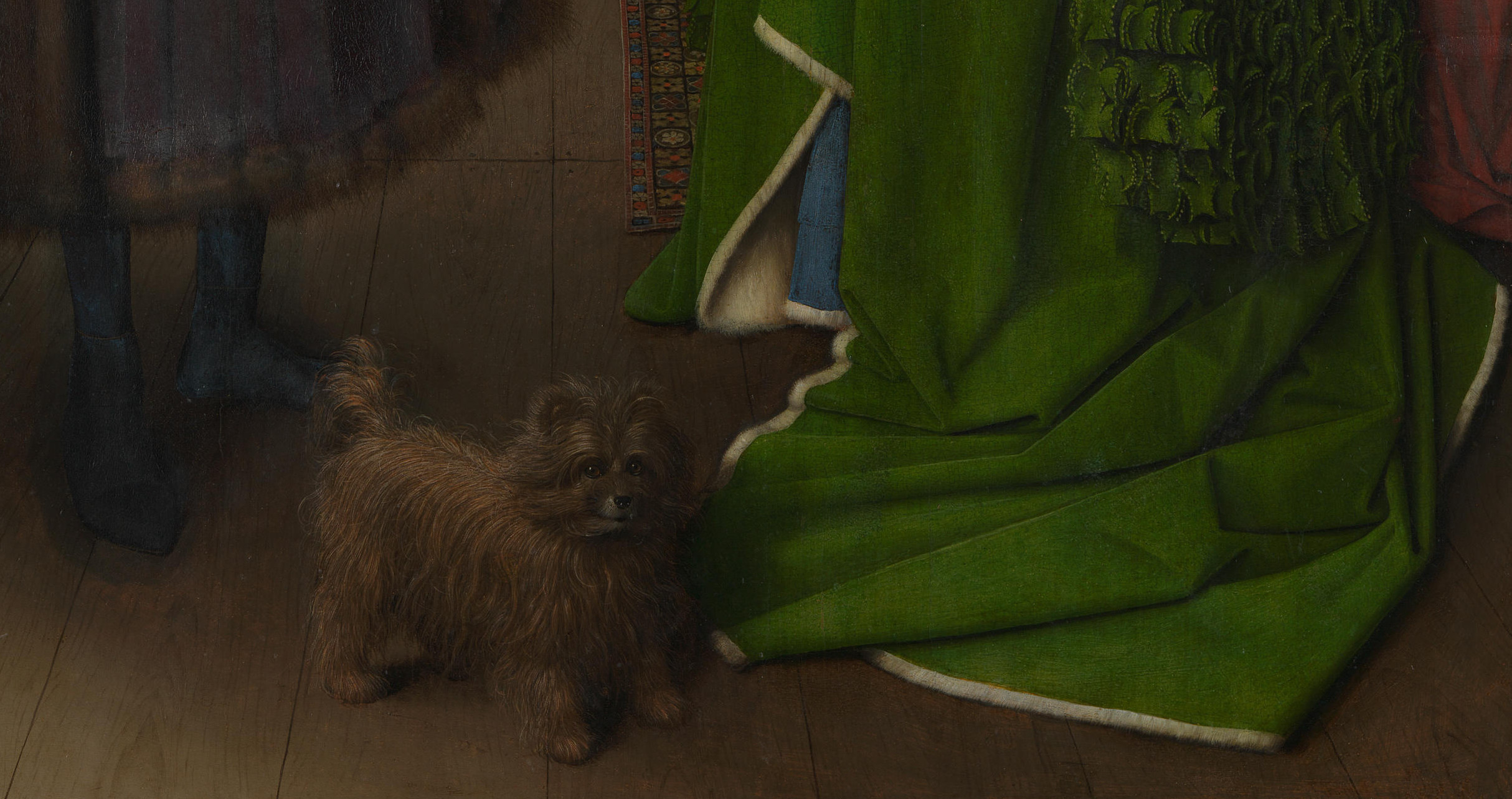| by Hamlet, Princess of Denmark |
For a long time animals have had a special place in the hearts of people. With all this Shakespeare going on in my life, I started thinking about the animals in the Renaissance. Interestingly enough, art in the Renaissance has a lot of symbolism, because most people couldn’t read. So, did this mean that the animals represented in Renaissance art had a symbolic meaning, too?
Luckily, Maria Kielmas wondered the same thing – and did all the research for me! This is what she has to say on the matter in her post, “The Symbolic Meaning of Animals” on Synonym.com.

The ermine in Leonardo’s portrait symbolizes both the lady and her lover.
The ermine has symbolized purity and chastity since ancient times. The enduring belief was that this small mammal would rather die than soil its white coat. Read more about the symbolism in Leonardo da Vinci’s “Lady with an Ermine.”

Lucas Cranach the Elder. Adam and Eve, 1526. Courtauld Institute of Art Gallery, London, oil on panel, 117 x 80.5 cm.
The Christian iconography of the Renaissance period showed snakes and other reptiles as symbols of evil. Read more from Ms. Kielmas about snakes and other reptiles…

Portrait of a Noblewoman by Lavinia Fontana, ca 1580 Italy
Dogs appear as background motifs, companions and status symbols in Renaissance art. They also acquire a double symbolism of fidelity and seductiveness. Ms. Kielmas has more to say about dogs in Renaissance art…
Interested in finding out more about animal symbolism in Renaissance art? For more information:



